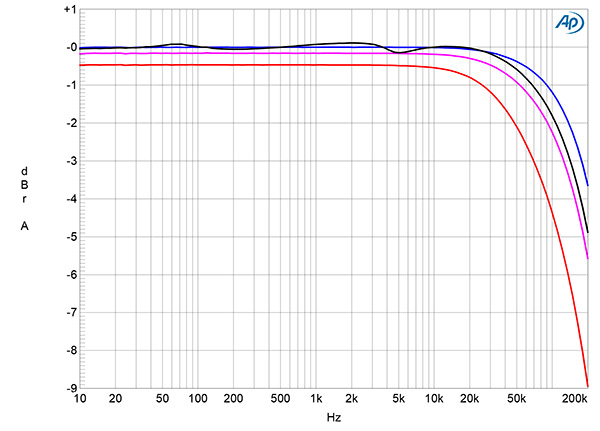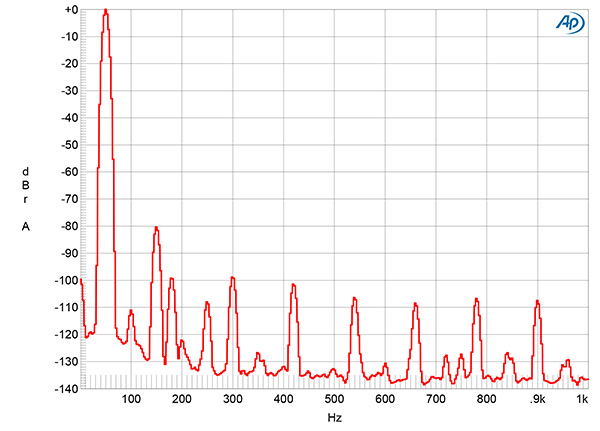| Columns Retired Columns & Blogs |
Nice to see a linear amp review back on deck.
JMF specifies 300W-8ohms, 500W-4 ohms, 850W-2 ohms (this says to me bi-polar)
JA measurements: 310W-8ohm, 515W-4ohm, 760W-2 ohms (this suggest mosfet taking an almost 100w dive into 2ohms, regardless of just 3vac line drop)
Cheers George



















































